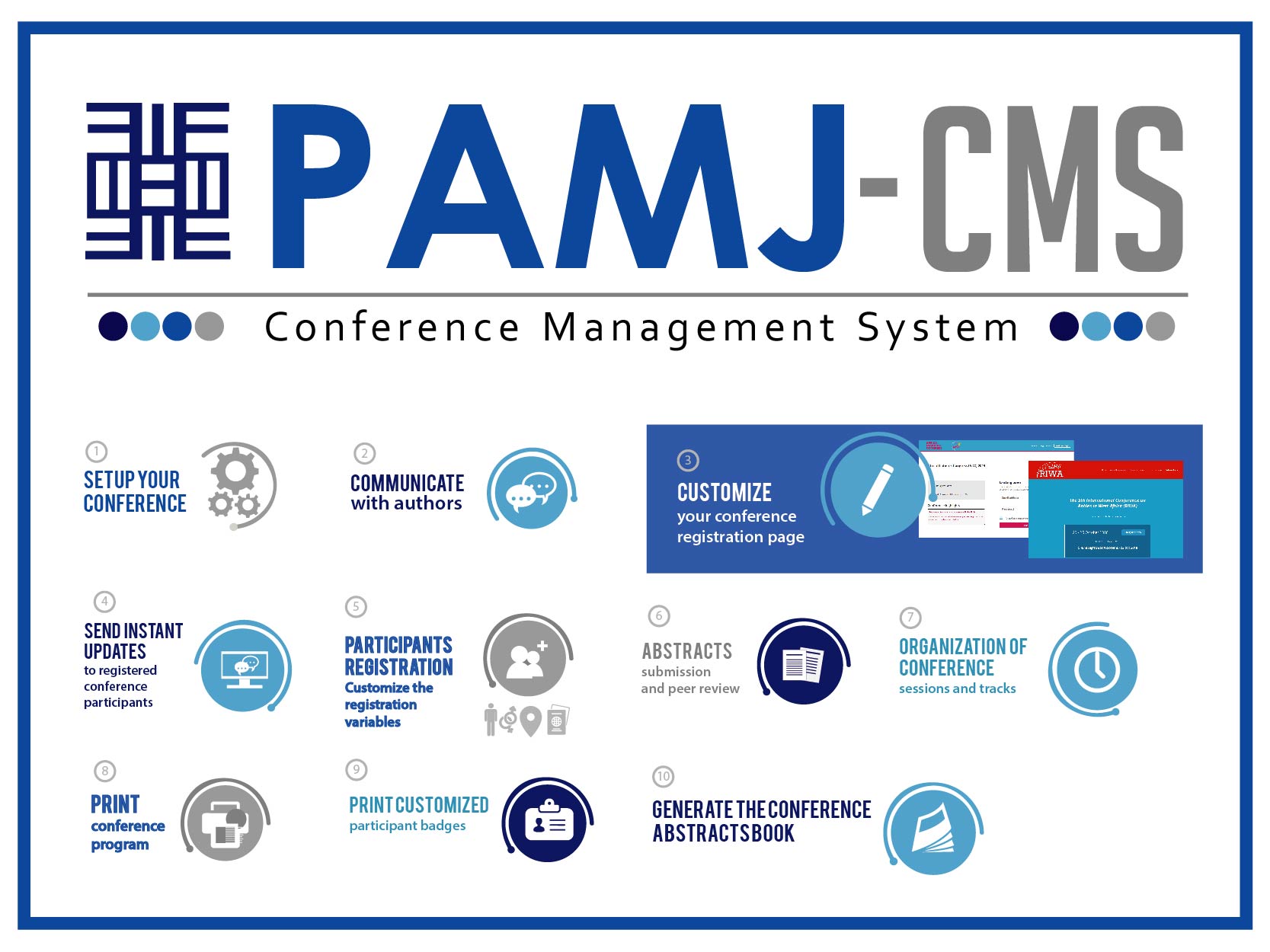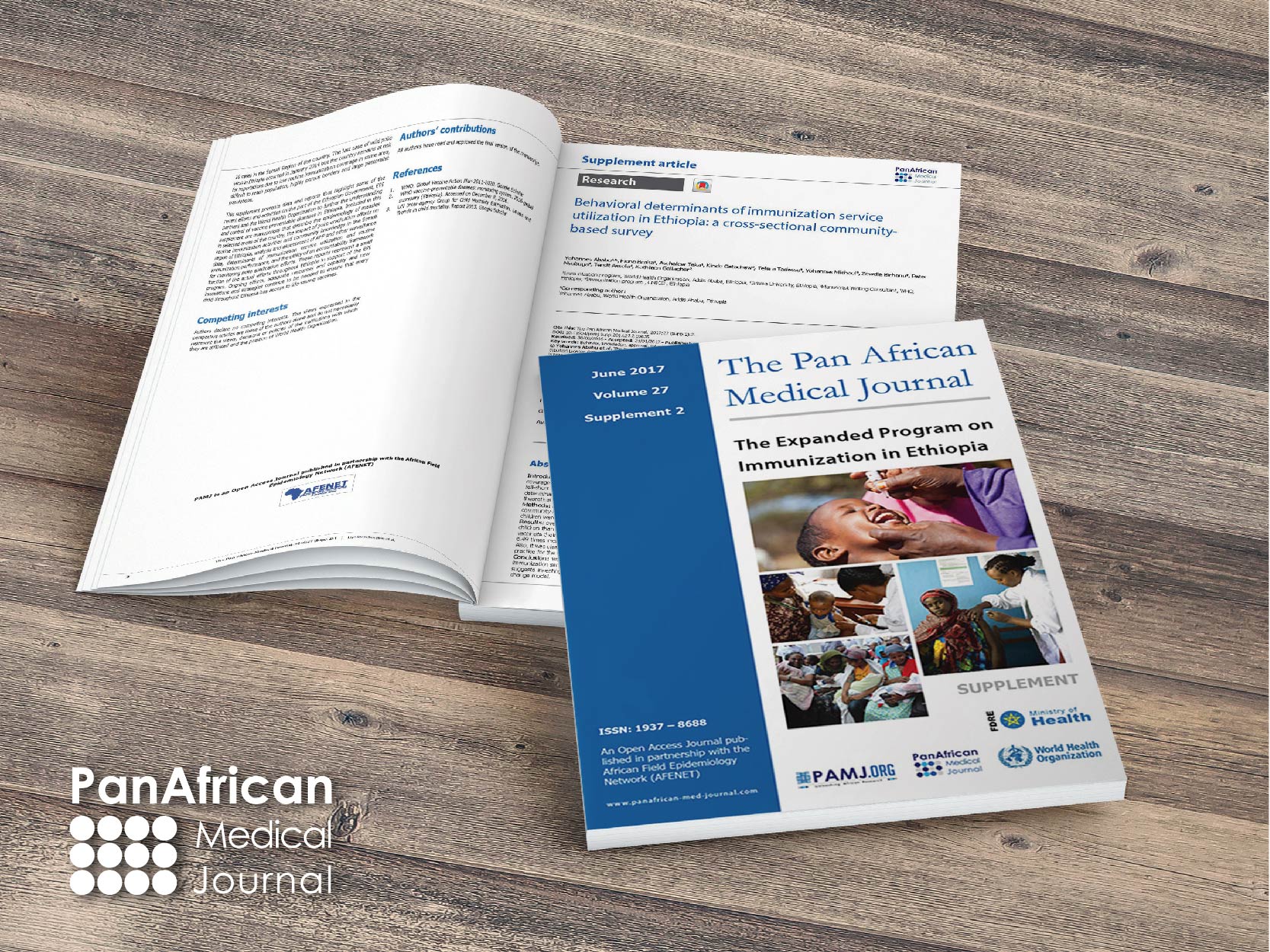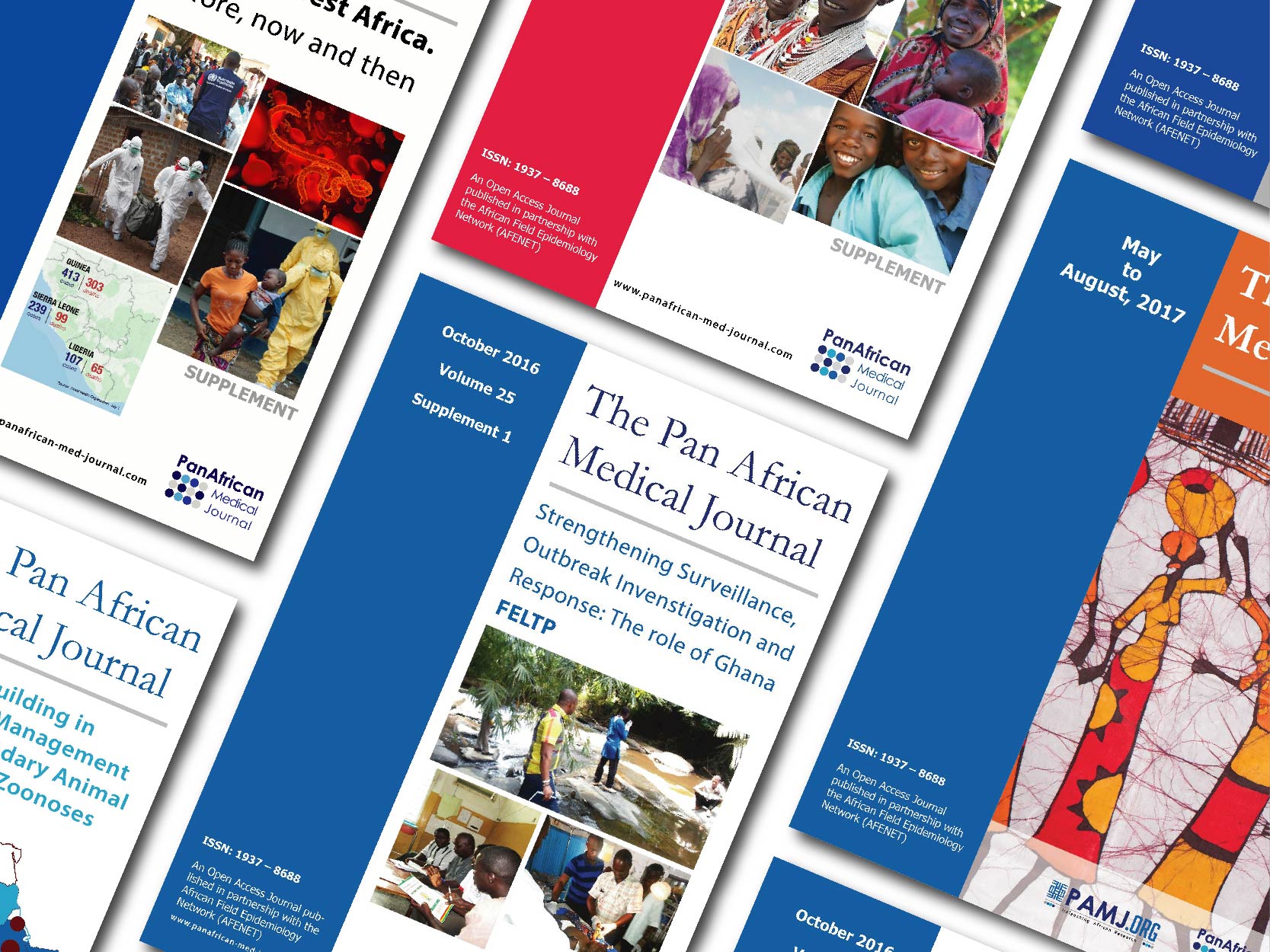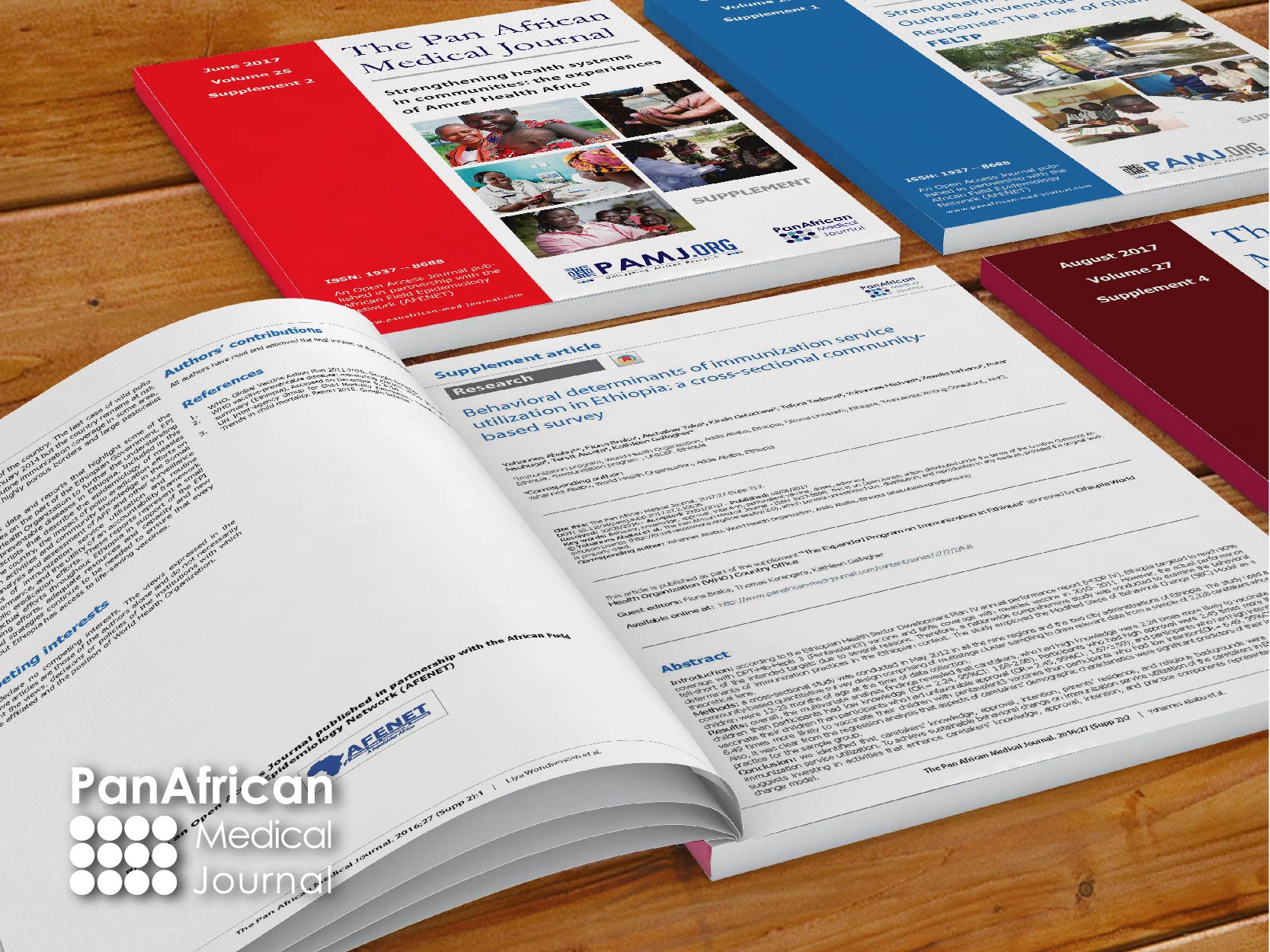Conference abstract
Diabetic ketoalkalosis: a review of a rare and underdiagnosed variant of diabetic ketoacidosis
Pan African Medical Journal - Conference Proceedings. 2024:22(12).25
Nov 2024.
doi: 10.11604/pamj-cp.2024.22.12.2417
Archived on: 25 Nov 2024
Contact the corresponding author
Keywords: Diabetic ketoalkalosis, diabetic, patients
Oral presentation
Diabetic ketoalkalosis: a review of a rare and underdiagnosed variant of diabetic ketoacidosis
Patrick Ashinze1,&
1Faculty of Clinical Sciences, University of Ilorin, Ilorin, Nigeria
&Auteur correspondant
Introduction: Diabetic ketoalkalosis (DKALK), first described in 1967, is a rare and underdiagnosed variant of diabetic ketoacidosis (DKA) characterized by mixed acid-base disorders where the expected acidosis is masked by alkalosis. This condition arises from profuse vomiting and volume depletion in DKA patients, leading to the loss of hydrogen ions and activation of the renin-angiotensin-aldosterone system. This results in sodium and bicarbonate reabsorption and generation, as well as metabolic alkalosis due to hypokalemia. DKALK may be more common than recognized, given its atypical presentation.
Methods: a review of the literature and case studies was conducted using PUBMED, SCOPUS, Google Scholar, and EMBASE databases to understand the pathophysiology, clinical presentation, diagnostic challenges, and management of DKALK. The review included a comparison with other diabetic emergencies, risk factors, and diagnostic approaches. Pitfalls in the review and methodology arose from the paucity of viable statistics.
Results: DKALK presents with blood pH >7.4 and bicarbonate >18 mEq/L, complicating the diagnosis based on typical DKA criteria. Common symptoms include profuse vomiting and signs of dehydration. Risk factors include infection, non-compliance with insulin therapy, and concurrent diseases. Laboratory tests such as blood glucose levels, serum ketones, ABG analysis, and electrolyte levels are crucial for diagnosis. Notable case studies highlight the diagnostic challenges and emphasize the need for heightened clinical suspicion. Treatment follows standard DKA management protocols but requires careful monitoring for underlying conditions.
Conclusion: DKALK, a rare but significant diabetic emergency, requires prompt recognition and tailored management to prevent complications. Clinicians should maintain a high index of suspicion in patients with atypical presentations. Further research is needed to refine diagnostic criteria and optimize therapeutic approaches to improve patient outcomes.
Diabetic ketoalkalosis: a review of a rare and underdiagnosed variant of diabetic ketoacidosis
Patrick Ashinze1,&
1Faculty of Clinical Sciences, University of Ilorin, Ilorin, Nigeria
&Auteur correspondant
Introduction: Diabetic ketoalkalosis (DKALK), first described in 1967, is a rare and underdiagnosed variant of diabetic ketoacidosis (DKA) characterized by mixed acid-base disorders where the expected acidosis is masked by alkalosis. This condition arises from profuse vomiting and volume depletion in DKA patients, leading to the loss of hydrogen ions and activation of the renin-angiotensin-aldosterone system. This results in sodium and bicarbonate reabsorption and generation, as well as metabolic alkalosis due to hypokalemia. DKALK may be more common than recognized, given its atypical presentation.
Methods: a review of the literature and case studies was conducted using PUBMED, SCOPUS, Google Scholar, and EMBASE databases to understand the pathophysiology, clinical presentation, diagnostic challenges, and management of DKALK. The review included a comparison with other diabetic emergencies, risk factors, and diagnostic approaches. Pitfalls in the review and methodology arose from the paucity of viable statistics.
Results: DKALK presents with blood pH >7.4 and bicarbonate >18 mEq/L, complicating the diagnosis based on typical DKA criteria. Common symptoms include profuse vomiting and signs of dehydration. Risk factors include infection, non-compliance with insulin therapy, and concurrent diseases. Laboratory tests such as blood glucose levels, serum ketones, ABG analysis, and electrolyte levels are crucial for diagnosis. Notable case studies highlight the diagnostic challenges and emphasize the need for heightened clinical suspicion. Treatment follows standard DKA management protocols but requires careful monitoring for underlying conditions.
Conclusion: DKALK, a rare but significant diabetic emergency, requires prompt recognition and tailored management to prevent complications. Clinicians should maintain a high index of suspicion in patients with atypical presentations. Further research is needed to refine diagnostic criteria and optimize therapeutic approaches to improve patient outcomes.








